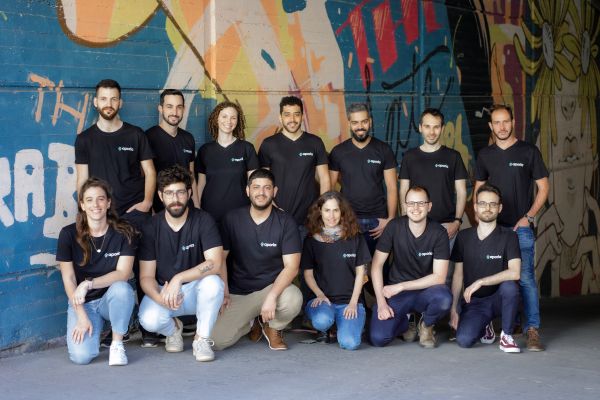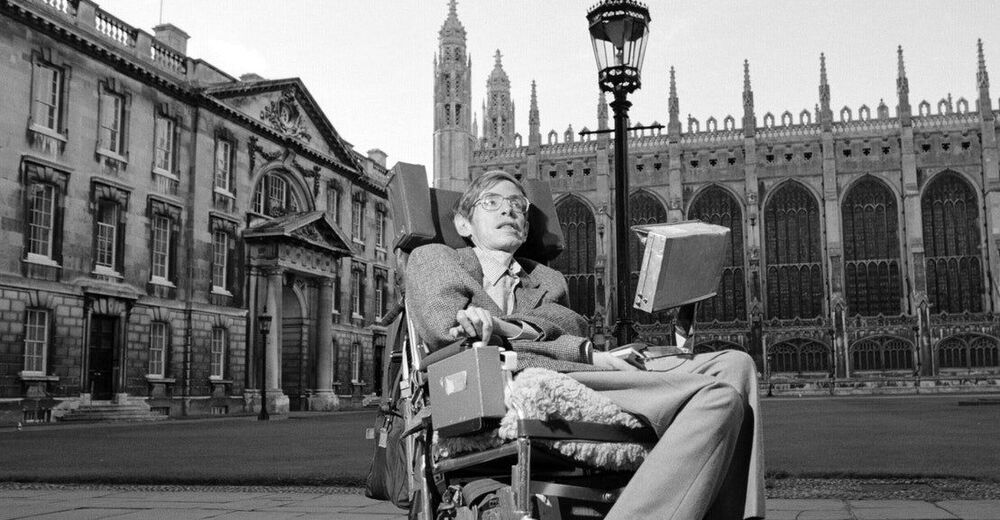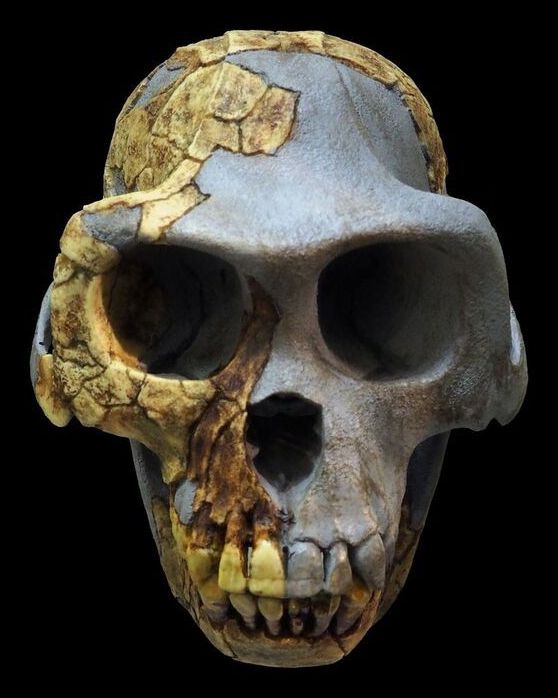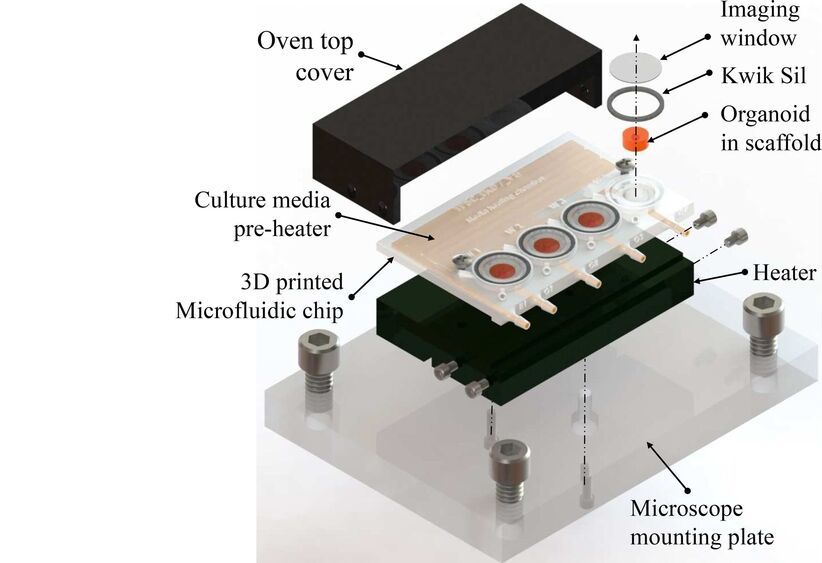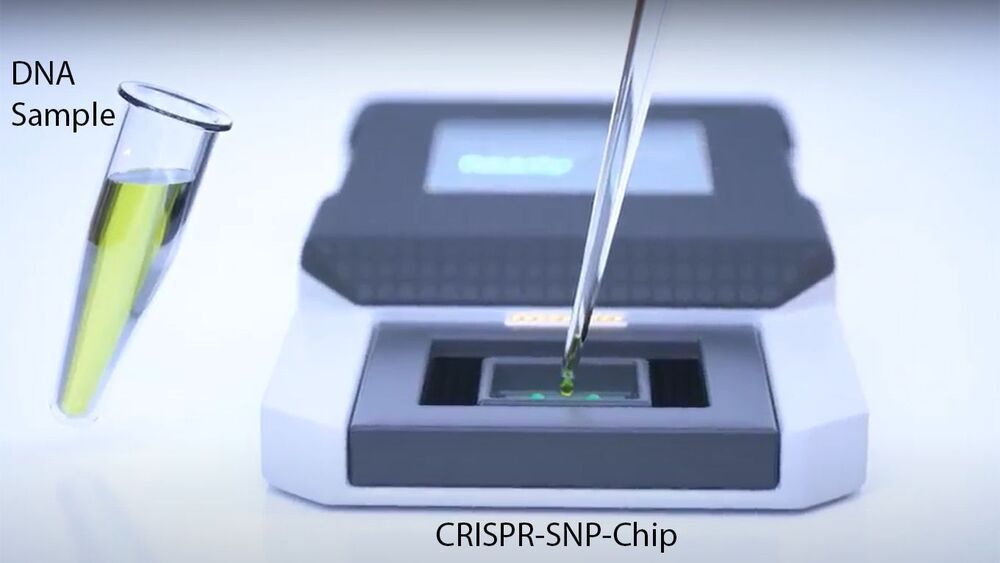Machine learning (ML) models are only as good as the data you feed them. That’s true during training, but also once a model is put in production. In the real world, the data itself can change as new events occur and even small changes to how databases and APIs report and store data could have implications on how the models react. Since ML models will simply give you wrong predictions and not throw an error, it’s imperative that businesses monitor their data pipelines for these systems.
That’s where tools like Aporia come in. The Tel Aviv-based company today announced that it has raised a $5 million seed round for its monitoring platform for ML models. The investors are Vertex Ventures and TLV Partners.
